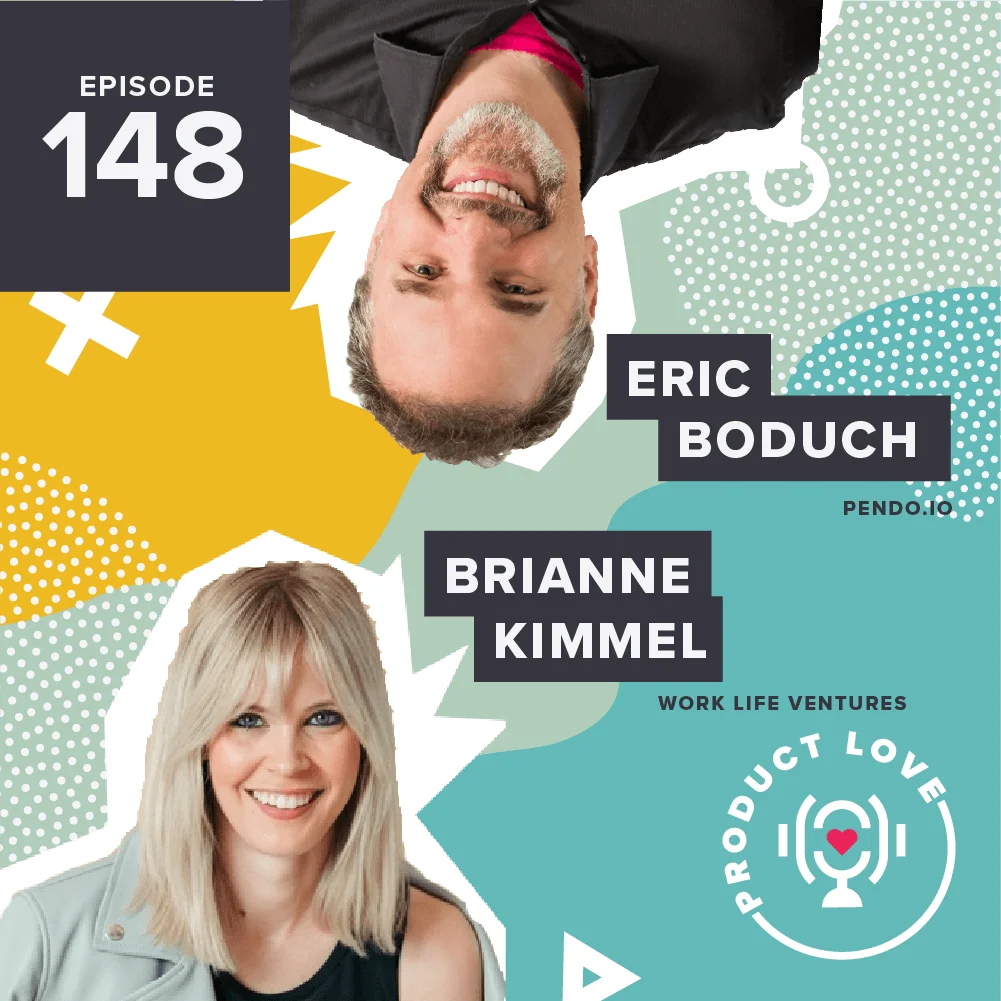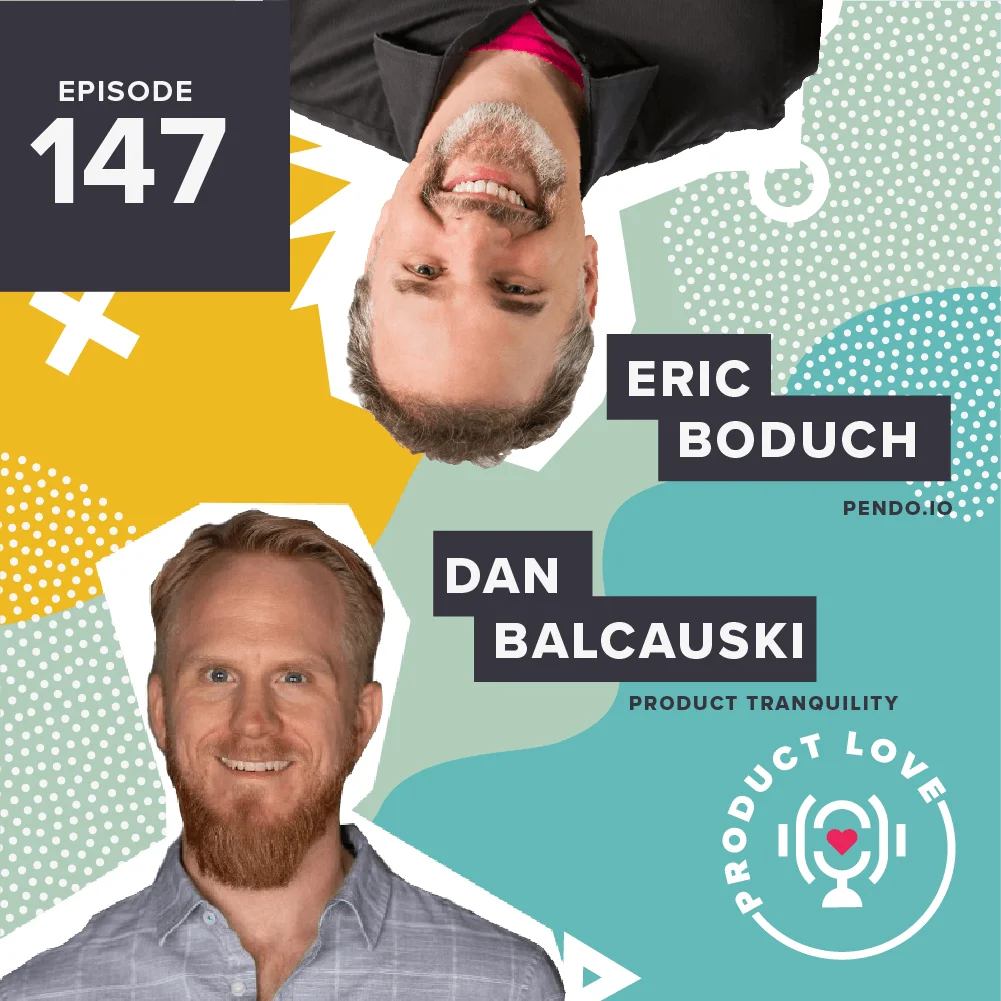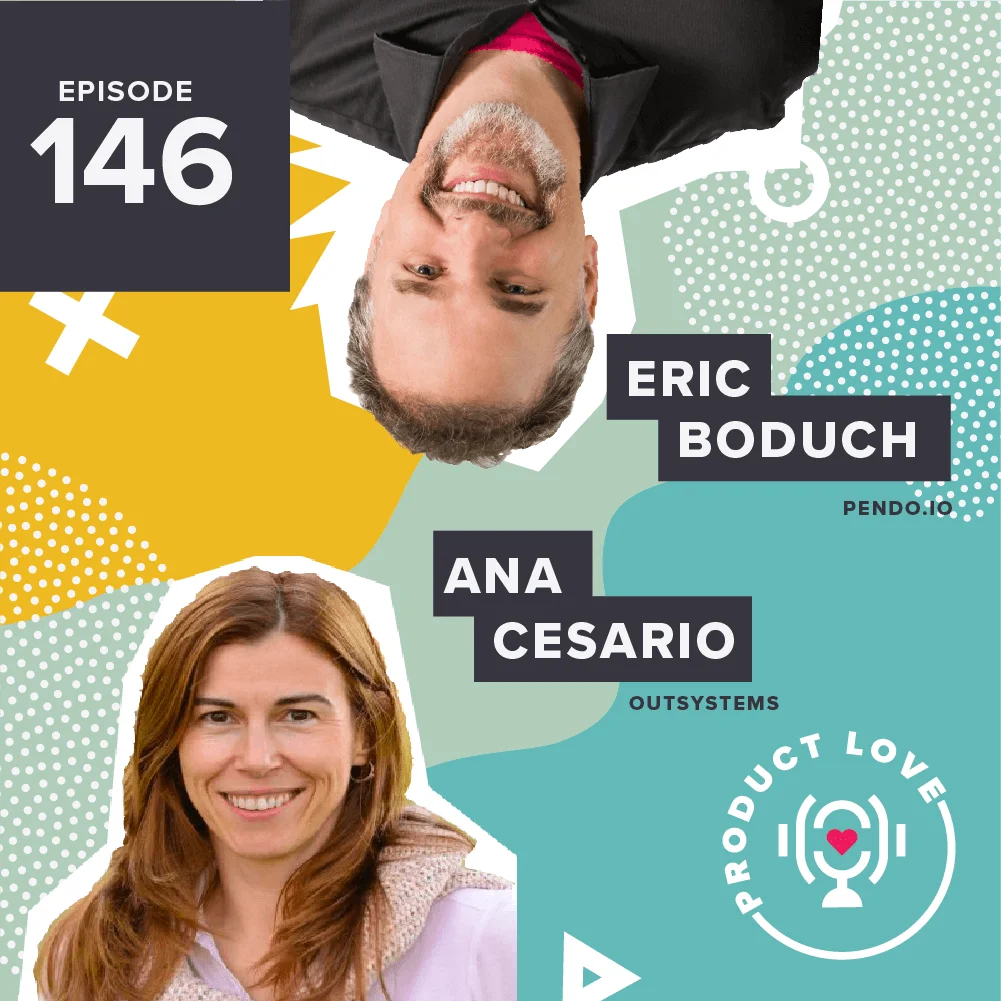Bootstrapping. Pricing. Freemium.
Three words that incite fear in most product people. But don’t close your tab just yet. This week on Product Love, I sat down with Patrick Campbell, who has managed to turn those three things into a successful company called ProfitWell. ProfitWell is a company out of Boston that helps subscription companies achieve faster recurring revenue growth by optimizing their pricing and helping them avoid churn. Patrick is both the founder and the CEO.
In this week’s episode, Patrick shares some pearls of startup wisdom, the ingredients of a winning pricing page, and some myths about freemium.
Tokens (of Wisdom) From Bootstrapping
The term “bootstrapping” evokes an image of a fast-paced, high-stress environment where everyone embodies the mantra of “fail fast and break things.” But for Patrick, it didn’t go quite that way. They were still frantic and reactive, he assures. However, the spaces they were competing in lent them the privilege of time.
His company started off in the pricing area, which was still flexibly defined, and later transitioned into the general subscription software space. Since these two spaces weren’t growing as fast, they were able to study the market and the direction it was going. And when ProfitWell actually did fail fast and break things, their mistakes weren’t monumental enough for them to completely crash.
Patrick also learned the art of prioritization during his experience with bootstrapping. He discovered that venture-backed companies didn’t need to prioritize as much as ProfitWell — they had the resources to spend money and time on more projects. ProfitWell had to be much more thoughtful in how they wanted to approach problems. It enabled them to be ruthless about prioritization and ask the tough questions. What was the outcome of the money they poured in? Where were they going to put their time and effort?
These two learnings came in hindsight, but Patrick attributes a lot of the success of Profitwell to these realizations.
Pricing Pages Help Convert
The pricing page has to be one of the most (if not the most) important page on your website. When someone comes to your website with a purchasing decision to make, the pricing page is the biggest factor in conversion.
So what needs to go on it? The core value of the product. That can be illustrated through content such as case studies and customer testimonials, or just by reiterating why your product is worth the purchase.
It even helps to include a pricing tier for prospects to quickly identify themselves and learn how the product can work for them. Figure out what parts of your product are most relevant to startups, growing businesses, and enterprises and make that clear on your pricing page.
Patrick cites Slack and BigCommerce as two companies with great pricing pages. SalesForce, however, requires individuals to download a PDF and figure out the answer themselves. Which experience is probably better?
Freemium Myths
People tend to mistake freemium for a revenue model when it’s actually an acquisition model. They also tend to think of pricing is believing that it’s part of a pricing strategy when it’s really a part of product strategy.
Patrick believes that freemium is an amazing top-of-funnel converter, but only if you truly understand your customer base. Early-stage startups usually aren’t mature enough in their knowledge of their customer base to be making such pursuits. They could be overwhelming themselves with confusing data from free users. Patrick believes that freemium works best for businesses that are three to four years into play.
Instead of focusing on freemium, young companies should study the customers who are churning and the ones who are renewing. Figure out the appeal of your product — everything from its value to the sticker price.
Curious to hear Patrick’s thoughts on how to get your product pricing right? Check out the rest of the episode above.




